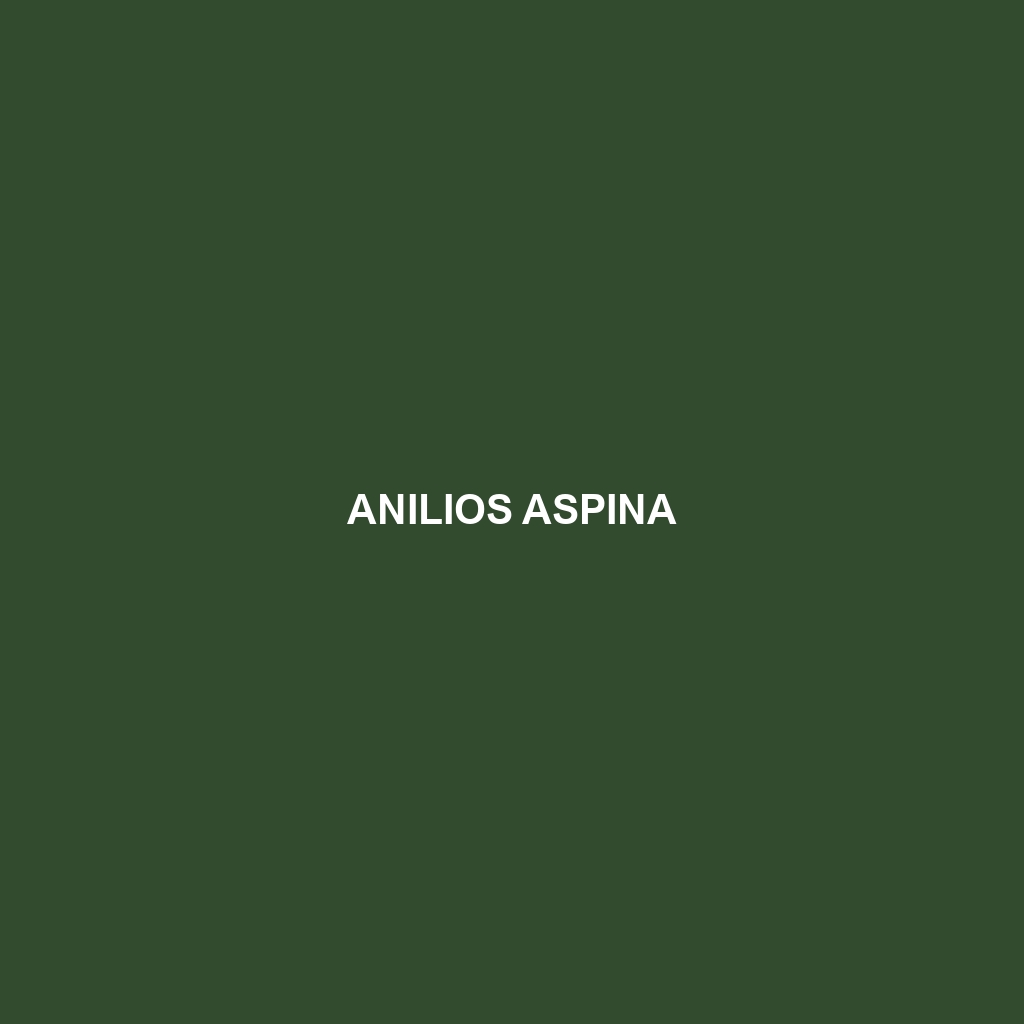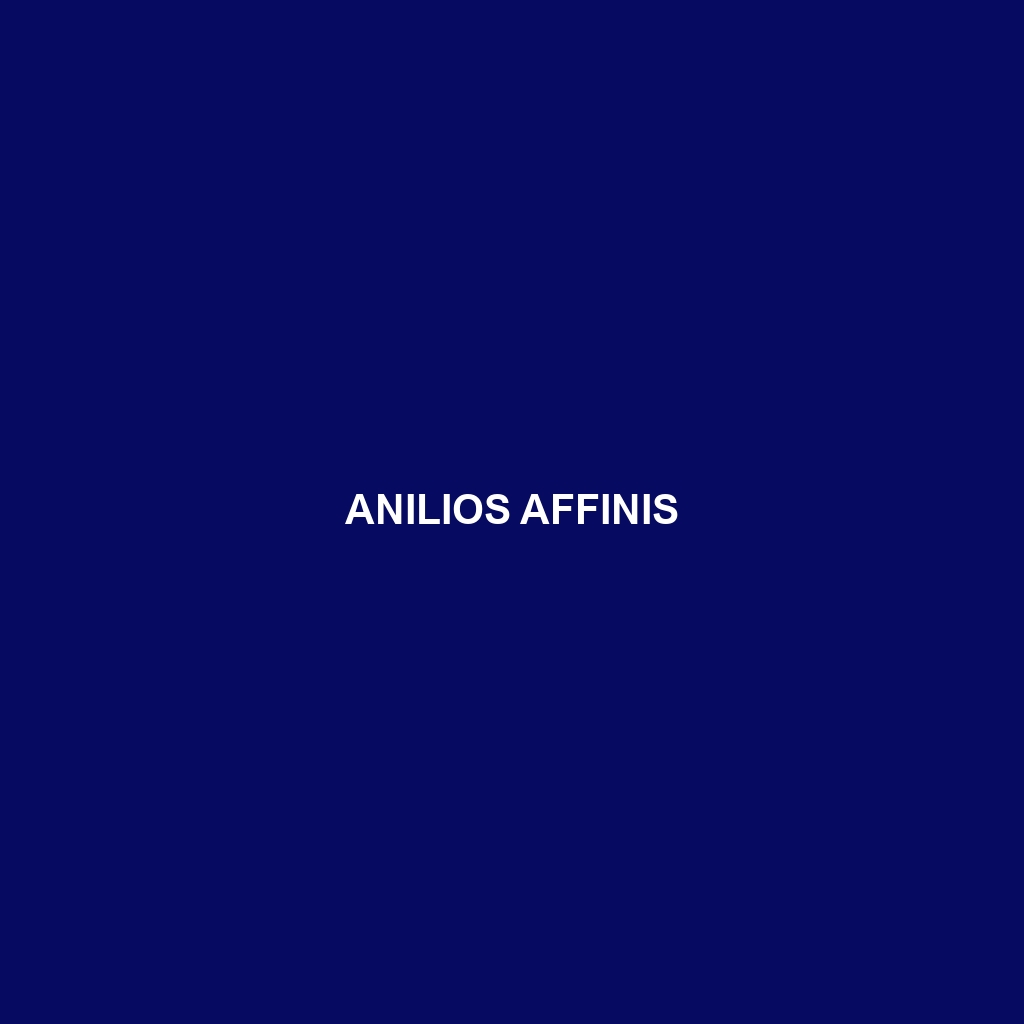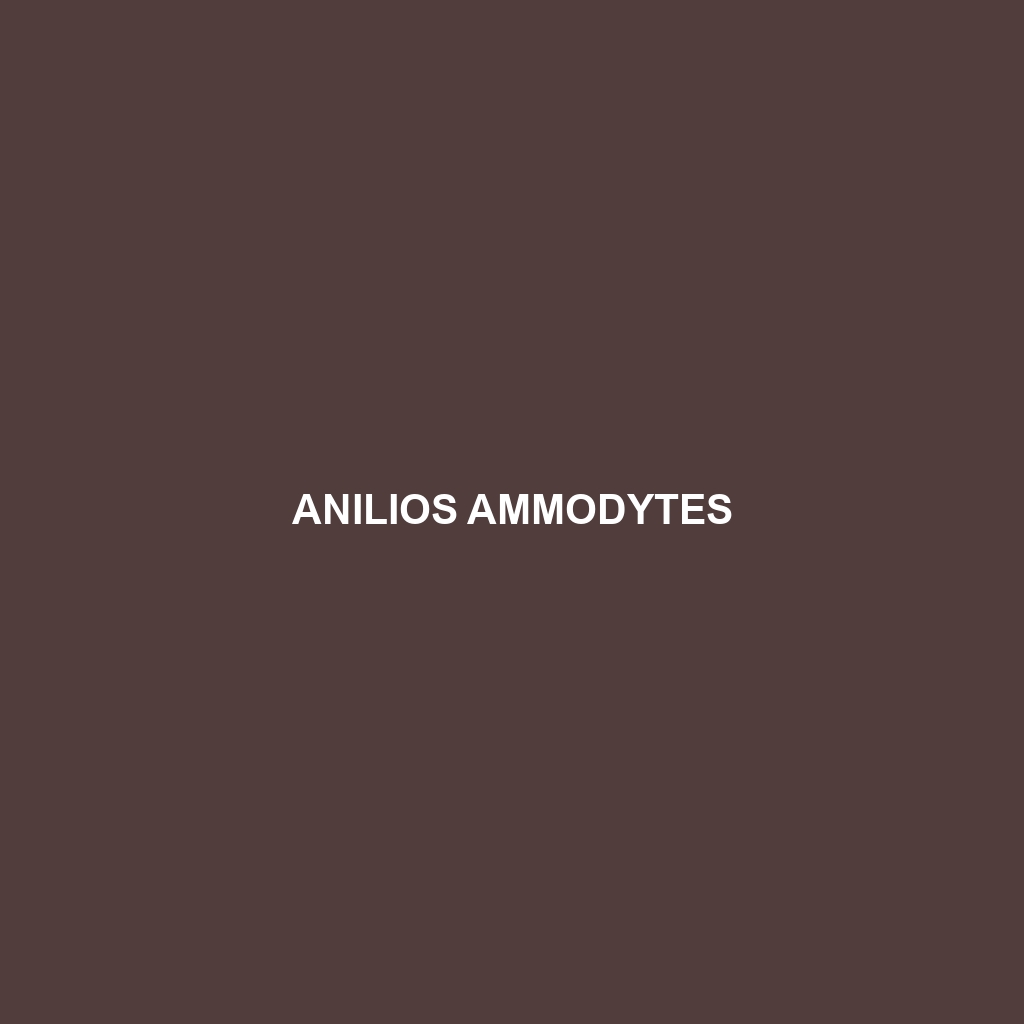Anilios broomi, commonly known as the broom snake, inhabits the arid regions of Australia and is characterized by its elongated cylindrical body, ranging from 60 to 90 centimeters in length, with a distinctive brown and cream coloration for effective camouflage. This fossorial species primarily preys on invertebrates and plays a vital role in controlling insect populations while being adapted to survive in extremely dry conditions.
Category: Reptiles

Anilios australis
Discover the Anilios australis, or southern blind snake, a fossorial species native to southern Australia, characterized by its slender body, smooth scales, and nocturnal feeding habits on small invertebrates. This non-venomous snake plays a crucial role in its ecosystem by aerating soil and controlling invertebrate populations.
Anilios batillus
This non-venomous snake, known as Anilios batillus or "Blind Snake," thrives in the forests of southeastern Queensland and northeastern New South Wales, featuring a cylindrical body with dark brown to reddish-brown coloration and a diet primarily consisting of earthworms and slugs. An adept burrower, it plays a crucial role in soil health and ecosystem balance while exhibiting unique nocturnal behaviors.
Anguis graeca
Discover the Greek legless lizard, Anguis graeca, a unique fossorial species native to southeastern Europe, thriving in warm climates and characterized by its elongated, limbless body and diet of small invertebrates. Currently listed as "Near Threatened," this lizard plays a crucial role in maintaining ecosystem balance while being an essential predator and prey in its natural habitat.
Anguis veronensis
Discover the Italian slow worm, Anguis veronensis, a legless lizard known for its smooth, shiny scales and secretive nature, found in southern Europe's grasslands and woodlands. This species thrives on a diet of small invertebrates and plays a vital role in maintaining ecosystem balance.
Anilios affinis
Discover the Anilios affinis, or common blind snake, a fossorial species native to Australia's moist habitats, featuring a distinctive elongated body and a diet primarily consisting of small invertebrates. This non-venomous snake plays a crucial role in its ecosystem by helping to regulate invertebrate populations while providing a food source for larger predators.
Anilios ammodytes
Discover the Anilios ammodytes, or sand burrowing snake, a nocturnal species native to the sandy coastal regions of Australia. With its sleek, smooth body and unique burrowing abilities, this small snake plays a vital role in its ecosystem by controlling invertebrate populations and contributing to soil health.
Anilios aspina
Discover the Anilios aspina, a non-venomous snake native to the tropical rainforests of northern Australia, characterized by its elongated body reaching up to 1 meter and a diet of small invertebrates. This nocturnal, fossorial species thrives in moist environments, playing a vital role in its ecosystem by regulating invertebrate populations.
Anguis colchica
<h2><b>Short Description:</b></h2> <p>The European Glass Lizard (<i>Anguis colchica</i>) is a legless lizard native to Eastern Europe, reaching up to 90 cm in length. With a smooth, shiny body and a diet primarily consisting of small invertebrates, this elusive species plays a vital role in its ecosystem while facing conservation challenges.</p>
Anguis fragilis
<p>Discover the <b>Anguis fragilis</b>, also known as the slow worm, a legless lizard native to Europe and parts of Asia, characterized by its smooth, shiny scales and a diet primarily consisting of small invertebrates. This non-venomous creature plays a vital role in its ecosystem by regulating insect populations and serving as a food source for larger predators.</p>







